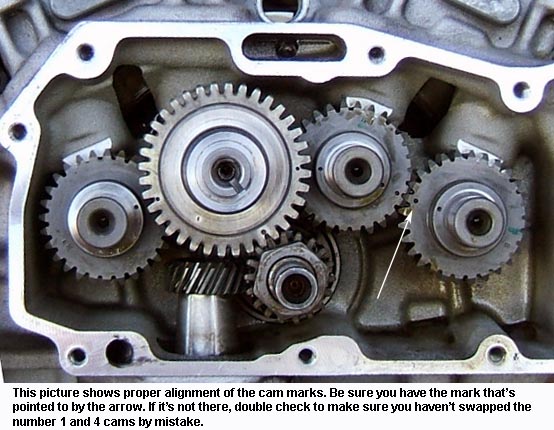


While the earlier bobbers still used the suspended single seat, the 1960s choppers had a small seat cushion directly on the hard tail frame, giving the rider a position much lower and rearward than on stock Harleys, which at the time were mainly ridden by Police officers. In the 1950s and 1960s, customized motorcycles appeared, many of them based on old Harleys, like surplus US Army Harley-Davidson WLA, or other brands, and often with hard tail frames rather than suspended ones. After the all-new entry-level 1952 Harley-Davidson Model K adopted the by now standard rear swingarm with twin shock absorbers, the Big Twin FL continued to rely on the big suspended seat until the 1958 Duo Glide got twin shocks, too. Harley-Davidson replaced the Springer leading link fork in 1949 with a telescopic hydraulically dampened Hydra Glide front fork that offered more travel, a design that is still state-of-the-art today. After World War II, imported British bikes with rear suspension and good handling became popular. The models that remained hard tails offered suspended bicycle-like seats for a minimum of rider comfort. The first rear suspensions on motorcycles were introduced before World War I, and many companies offered fully suspended motorbikes before World War II, but most designs were either expensive, prone to wear and tear, or added more instability than comfort or better roadholding, especially when damping was insufficient. 3 The hard tail becomes resurrected as FXST Softail.


 0 kommentar(er)
0 kommentar(er)
